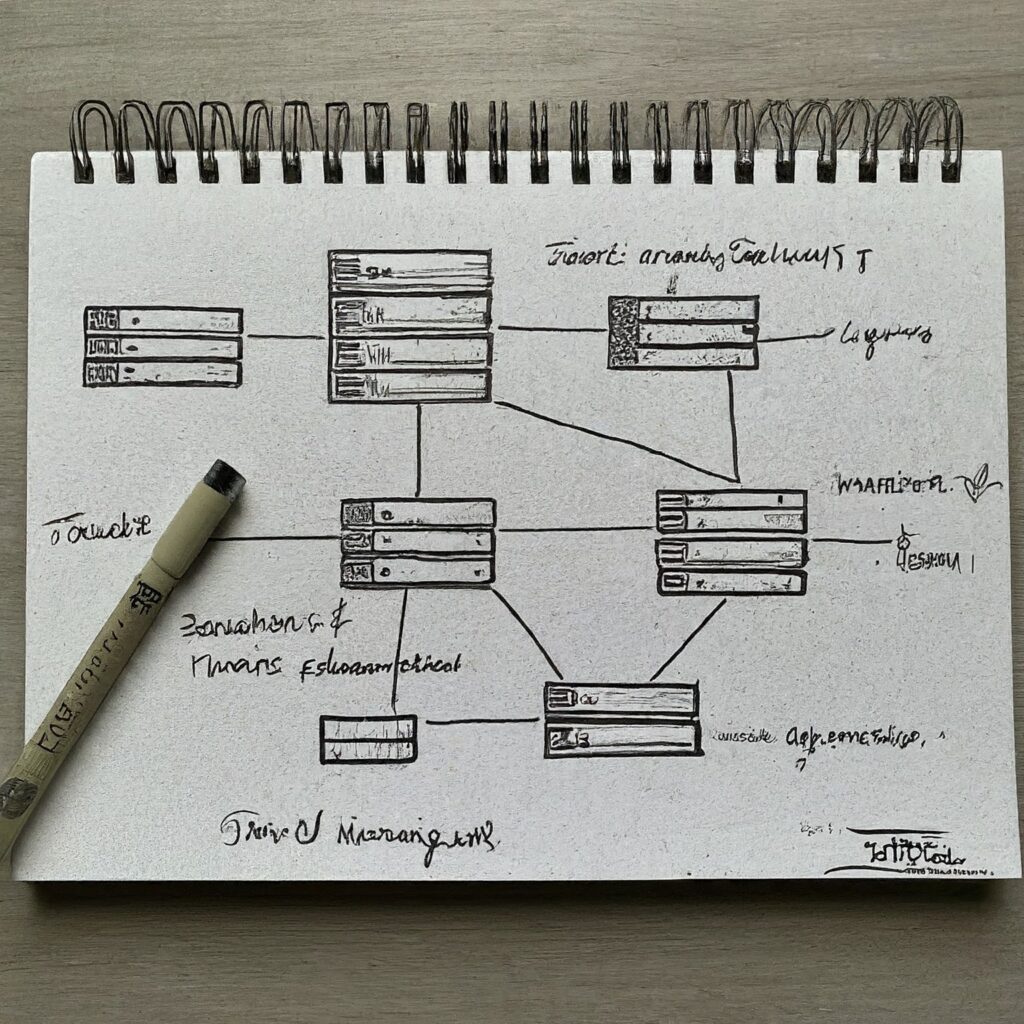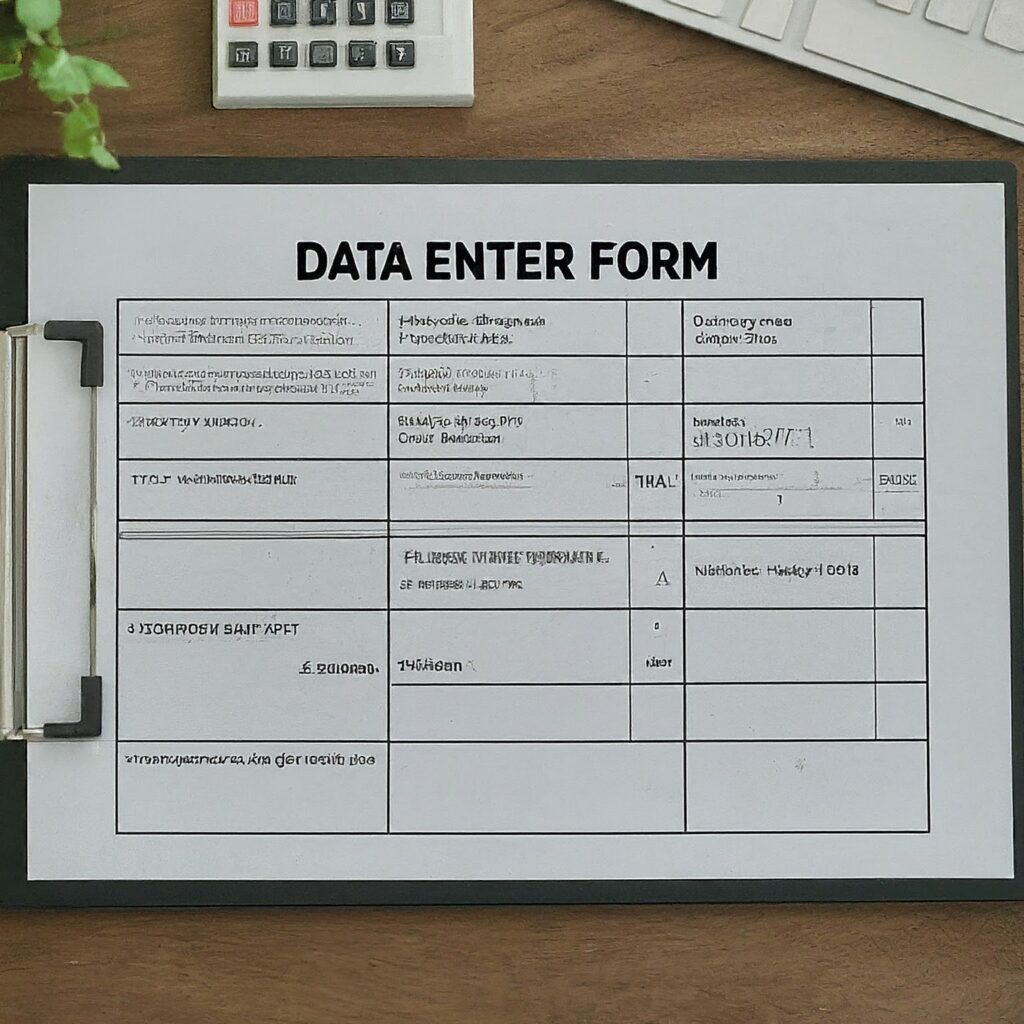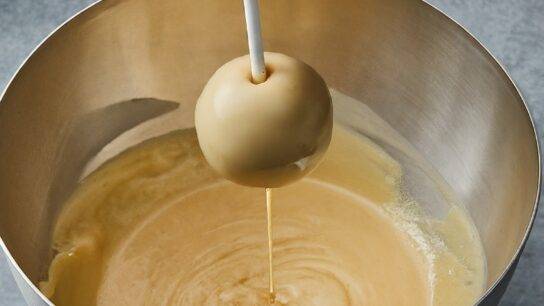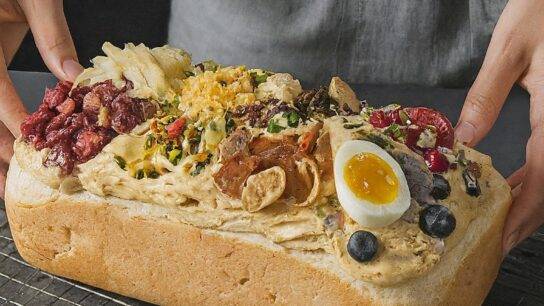

Cooking is both an art and a science, requiring creativity and precision. As culinary enthusiasts, we often accumulate a plethora of recipes over time, making it challenging to organize and manage them effectively. This is where Microsoft Access can come in handy. In this blog post, we will explore how to use Access for recipes, diving into the benefits, step-by-step instructions, and best practices for creating a recipe database. So, let’s get started and learn how to use Access for recipes to streamline our culinary adventures.
Why Use Microsoft Access for Recipes?
Before we delve into how to use Access for recipes, it’s essential to understand why Microsoft Access is a suitable tool for this purpose. Microsoft Access is a powerful database management system that allows users to store, retrieve, and manage data efficiently. Here are some reasons why how to use Access for recipes is a great idea:


Organization
With Microsoft Access, you can create a well-organized database to store all your recipes. This ensures that you can easily find and retrieve any recipe when needed.
Customization
Access offers a high level of customization, allowing you to create a database tailored to your specific needs. You can include various fields such as recipe name, ingredients, cooking time, and more.
Search and Filter
One of the key benefits of how to use Access for recipes is the ability to search and filter recipes based on different criteria. This makes it easy to find recipes that match specific dietary requirements or cooking preferences.
Data Integrity
Access ensures data integrity by allowing you to enforce rules and constraints. This means you can avoid duplicate entries and maintain accurate records of your recipes.
Reporting
With Access, you can generate reports based on your recipe data. This can be useful for meal planning, grocery shopping, or even sharing your recipes with friends and family.
Getting Started: How to Use Access for Recipes
Now that we understand the benefits, let’s dive into how to use Access for recipes. Follow these step-by-step instructions to create your very own recipe database in Microsoft Access.
Step 1: Create a New Database


- Open Microsoft Access.
- Click on “File” and select “New.”
- Choose “Blank Database” and give your database a name, such as “RecipeDatabase.”
- Click “Create.”
Step 2: Design Your Table
A table is where you will store your recipe data. Follow these steps to design a table for your recipes:
- Click on the “Table Design” button in the “Tables” group on the “Create” tab.
- In the design view, you will see three columns: Field Name, Data Type, and Description.
- Define the fields for your recipe table. Here are some suggested fields:
- RecipeID (AutoNumber): This will serve as the primary key for your table.
- RecipeName (Short Text): The name of the recipe.
- Ingredients (Long Text): A list of ingredients required for the recipe.
- Instructions (Long Text): Step-by-step instructions for preparing the recipe.
- CookingTime (Number): The time required to cook the recipe.
- Servings (Number): The number of servings the recipe yields.
- Category (Short Text): The category of the recipe (e.g., Appetizer, Main Course, Dessert).
- Save your table by clicking on the “Save” button and give it a name, such as “Recipes.”
Step 3: Enter Data into Your Table


Now that your table is designed, it’s time to enter some data. Follow these steps:
- Open your “Recipes” table in Datasheet View.
- Start entering your recipes by filling in the fields you defined earlier.
- Continue adding recipes until you have a good collection in your database.
Step 4: Create Forms for Data Entry
Forms make it easier to enter and manage data in your database. Here’s how to use Access for recipes by creating forms:
- Click on the “Form Design” button in the “Forms” group on the “Create” tab.
- In Design View, you can add fields from your “Recipes” table to the form.
- Use the “Add Existing Fields” button to drag and drop fields onto the form.
- Arrange the fields in a logical order and add any additional design elements you like.
- Save your form by clicking on the “Save” button and give it a name, such as “RecipeForm.”
Step 5: Create Queries to Search and Filter Recipes
Queries allow you to search and filter recipes based on specific criteria. Here’s how to use Access for recipes by creating queries:
- Click on the “Query Design” button in the “Queries” group on the “Create” tab.
- Add your “Recipes” table to the query design window.
- Drag the fields you want to include in your query to the query grid.
- Add criteria to filter the recipes. For example, to find all dessert recipes, you can add the criteria “Dessert” in the “Category” field.
- Run your query by clicking on the “Run” button.
- Save your query by clicking on the “Save” button and give it a name, such as “DessertRecipesQuery.”
Step 6: Generate Reports


Reports allow you to present your recipe data in a printable format. Here’s how to use Access for recipes by generating reports:
- Click on the “Report Design” button in the “Reports” group on the “Create” tab.
- Add fields from your “Recipes” table to the report design.
- Arrange the fields and add any design elements you like.
- Save your report by clicking on the “Save” button and give it a name, such as “RecipeReport.”
Best Practices for Using Access for Recipes
Now that you know how to use Access for recipes, here are some best practices to ensure your recipe database is efficient and easy to use:
Consistent Data Entry


Ensure that data entry is consistent. Use standardized formats for fields such as ingredients and cooking time. This will make it easier to search and filter recipes.
Regular Backups
Regularly back up your database to prevent data loss. This is especially important if you have a large collection of recipes.
Use Validation Rules
Implement validation rules to ensure data integrity. For example, you can set a validation rule to ensure that the cooking time is a positive number.
Keep It Simple
While it’s tempting to add many fields and features, keep your database simple and user-friendly. Focus on the essential fields and functionality that you need.
Utilize External Resources
Take advantage of external resources to enhance your database. For example, you can find templates and tutorials online to help you create more advanced features. Here are some useful external links:
Conclusion
In conclusion, learning how to use Access for recipes can greatly enhance your ability to organize, manage, and retrieve your favorite recipes. Microsoft Access offers a powerful and customizable platform to create a recipe database tailored to your needs. By following the step-by-step instructions and best practices outlined in this blog post, you can create an efficient and user-friendly recipe database.
Remember, the key to success is consistency and simplicity. Regularly back up your database, use validation rules to ensure data integrity, and keep your design straightforward. With these tips in mind, you’ll be well on your way to mastering how to use Access for recipes.
For further information and resources, visit the following external links:
Happy cooking and database designing!





